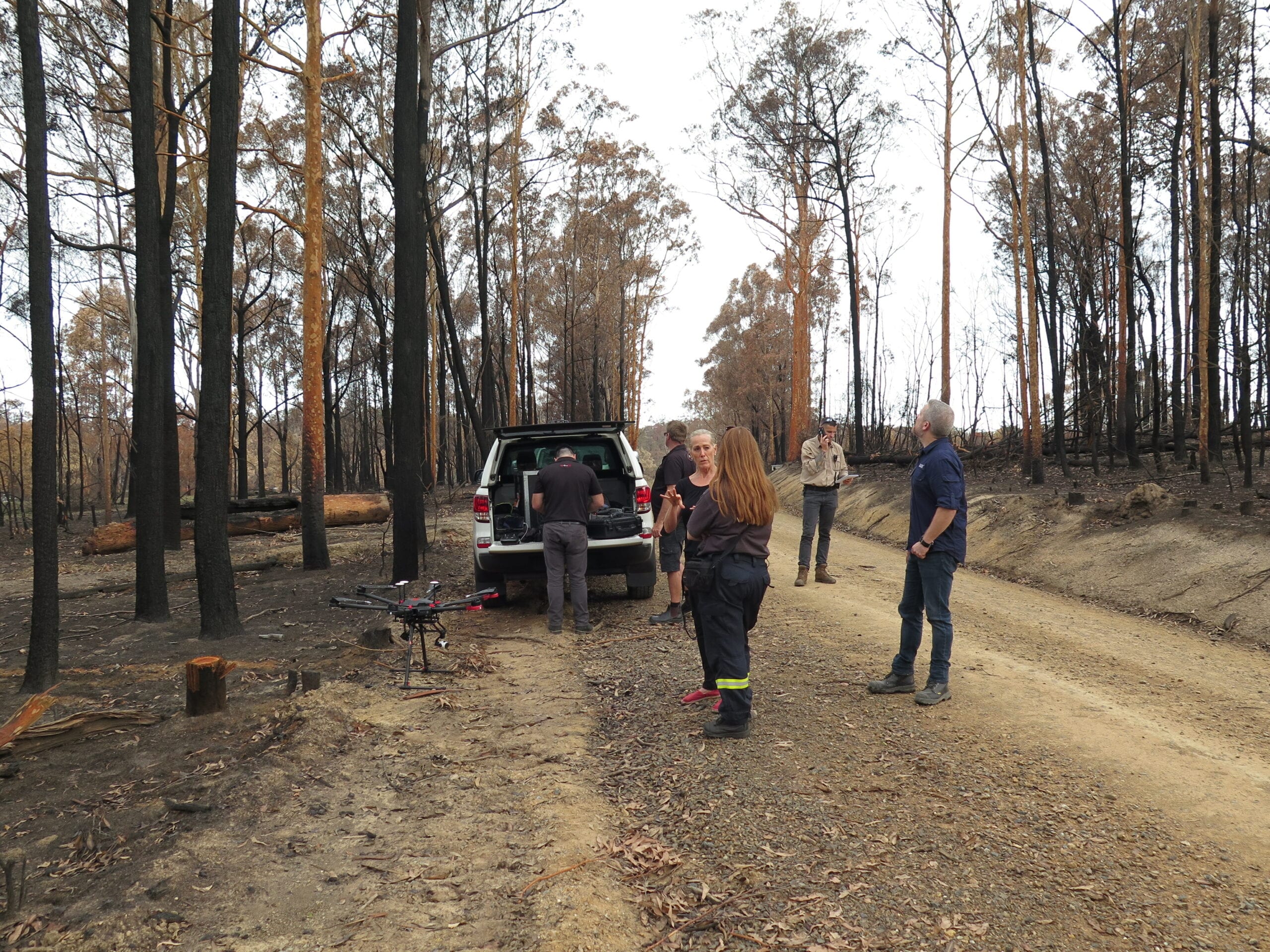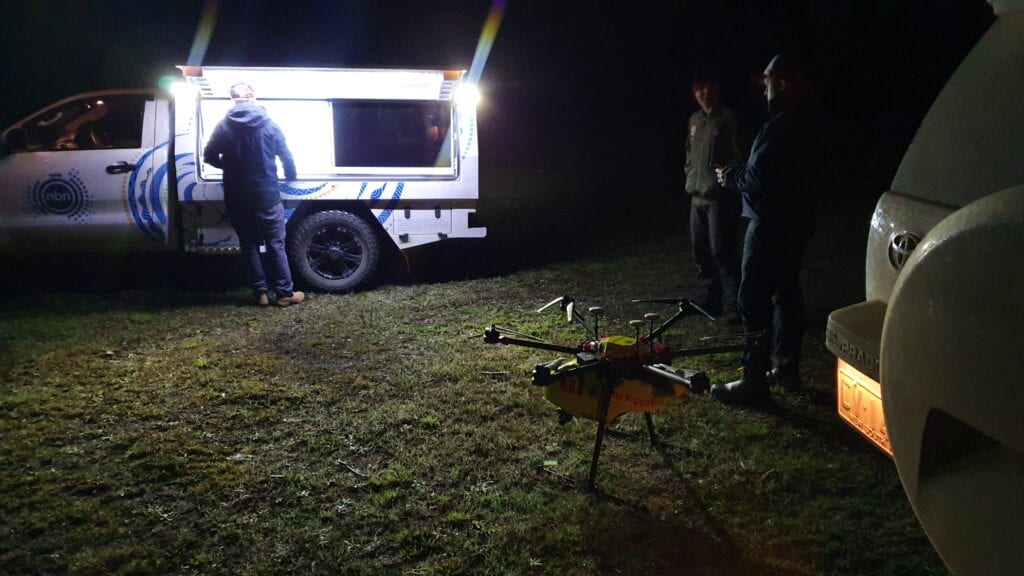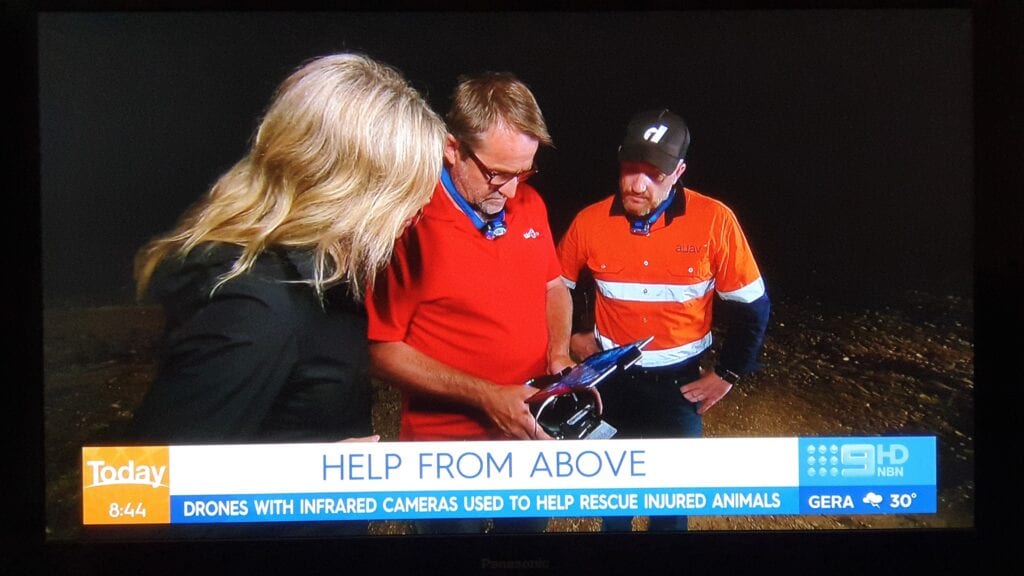
Insights
Deploying thermal imaging drones to help save wildlife
Jamie Holyoak has been using thermal imaging technology mounted on drones to search for hidden wildlife – particularly koalas – since 2013. He has worked on behalf of a range of industries including environmental management, property development and mining, as well as working with Dreamworld’s wildlife conservation project.
After the 2019/20 bushfires across Australia, however, his work became rather more emotive as he played a leading role in the hunt for sick and injured animals across the affected landscape in several parts of NSW.
Holyoak worked as part of the Ripper Alliance put together to help deal with the aftermath, with more than 100 species of animals thought to have been impacted by the ferocity of the fires and many left badly injured or in a compromised environment.
Working with WIRES, Australia’s largest wildlife rescue organisation, the Alliance’s members sought to rapidly expedite the search and rescue of injured wildlife through deploying thermal imaging technology on drones – and years of experience meant Holyoak had a major role to play, both in hunting for animals and training others to use the technology.
“I was originally approached by Saunders Havill [in 2016] to develop thermal technology to look for koalas for things like preclearance surveys for developers but it’s expanded to everything from pest surveys to genome research,” Holyoak said.
“I’ve had extensive experience of bushfires so [in 2019] a combination of different entities basically came together and contributed to an effort where drones would identify sick and injured animals as a direct result from the bushfires.”
He admits that while this experience was a “proud moment”, it was also simultaneously distressing to witness the injuries sustained by so many animals.
“We would go into the bushfire-affected areas and find koalas, kangaroos etc. and we had a wildlife ambulance crew with us. When we spotted animals, they would go in and check on them – some animals we could tell [their condition] by whether they were not moving as quickly as they should.“
“It was quite a proud moment, going in there, my purpose was to train and help ground crews understand how to actually find these animals using thermal cameras in what was a pretty hostile environment.”
Jamie Holyoak is a partner pilot for Wildlife Drones. If you want to learn more about how our thermal imaging drone surveys can benefit you, please get in contact with our team today.



